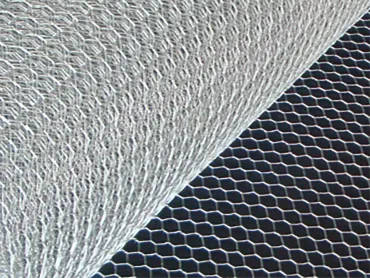Dic . 16, 2024 03:02 Back to list
Creating Strong Foundations with Building Nails for Lasting Structures
The Art and Importance of Building Nails A Foundation for Construction
Building nails, often overlooked in the vast landscape of construction materials, serve as the unsung heroes in the assembly of buildings and structures. These small, yet essential, hardware components play a critical role in providing the strength and stability required for various construction projects. In this article, we will explore the different types of building nails, their uses, and the technical aspects that make them indispensable in the construction industry.
Understanding Building Nails
At its core, a nail is a slender metal object with a sharp point at one end and a flat head at the other. The primary purpose of a nail is to serve as a connector, binding two or more materials together, primarily wood. The functionality of nails hinges on several key characteristics, including their size, material, and design, which all contribute to their performance in different applications.
Types of Building Nails
Building nails come in various types, each engineered to suit different construction tasks
. Here are some of the most common varieties1. Common Nails These are the most frequently used nails in construction. Characterized by their thick shank and flat head, common nails are ideal for framing and other structural applications where strength is paramount.
2. Finishing Nails With their smaller heads and thinner shanks, finishing nails are designed for woodwork projects that require a cleaner look. They are often used for trim, molding, and cabinetry, allowing for a more aesthetically pleasing finish.
3. Box Nails Slightly thinner than common nails, box nails reduce the risk of splitting the wood when driven in. These nails are commonly used in situations where less strength is needed, such as in lighter framing.
4. Roofing Nails Designed specifically for securing shingles and roofing materials, roofing nails have a larger head and a sharper point. This ensures they penetrate through the roofing material and provide watertight seals.
building nails

5. Concrete Nails Made from hardened steel, concrete nails are designed to penetrate masonry and concrete. They provide a solid anchor for securing framing and other structures directly to concrete surfaces.
The Role of Nails in Construction
The humble nail is crucial in maintaining the integrity and durability of a building. In framing, for instance, nails create a robust structural system that can withstand various loads and stresses. The selection of the right type and size of nail can greatly affect the stability of a construction project. Poorly chosen nails can lead to structural failure, resulting in costly repairs and potential safety hazards.
Moreover, nails also contribute to the speed and efficiency of the building process. They can be driven in quickly, allowing workers to focus on other aspects of the project without having to wait for adhesives or other fastening methods to set. This efficiency is particularly important in commercial construction, where time is often of the essence.
Innovation in Nail Technology
With advancements in technology, the design and manufacturing of building nails have evolved. Modern innovations include galvanized nails that resist corrosion, preventing rusting in humid environments. Additionally, specialty nails with unique coatings improve friction and holding power, further enhancing their performance.
Furthermore, the advent of nail guns has revolutionized the application of nails in construction. These pneumatic or electric tools allow for rapid nailing, making the process much quicker and requiring less manual effort. This has led to improved productivity on construction sites, enabling builders to meet deadlines more effectively.
Conclusion
In conclusion, building nails may be small in size, but their impact on construction cannot be overstated. From framing and roofing to finishing details, the right nails enhance the strength, stability, and aesthetic appeal of any project. As technology continues to advance, the significance of nails in the construction industry will only grow, reinforcing their place as a fundamental component in building. Understanding the different types and uses of nails is crucial for anyone involved in construction, as the right choice in nails can make a significant difference in the overall outcome of a project. Whether it’s a humble home or a towering skyscraper, building nails are what hold it all together.
-
The Role of Field Wire Fence in Grassland Conservation
NewsJul.15,2025
-
Stainless Steel Razor Wire Durability in Coastal Environments
NewsJul.15,2025
-
Enhancing Home Security with Mesh Fences
NewsJul.15,2025
-
Diamond Mesh Wire for Small Animal Enclosures
NewsJul.15,2025
-
Common Wire Nail Tensile Strength Testing for Woodworking
NewsJul.15,2025
-
Barbed Wire Corrosion Resistance Galvanization Techniques
NewsJul.15,2025









